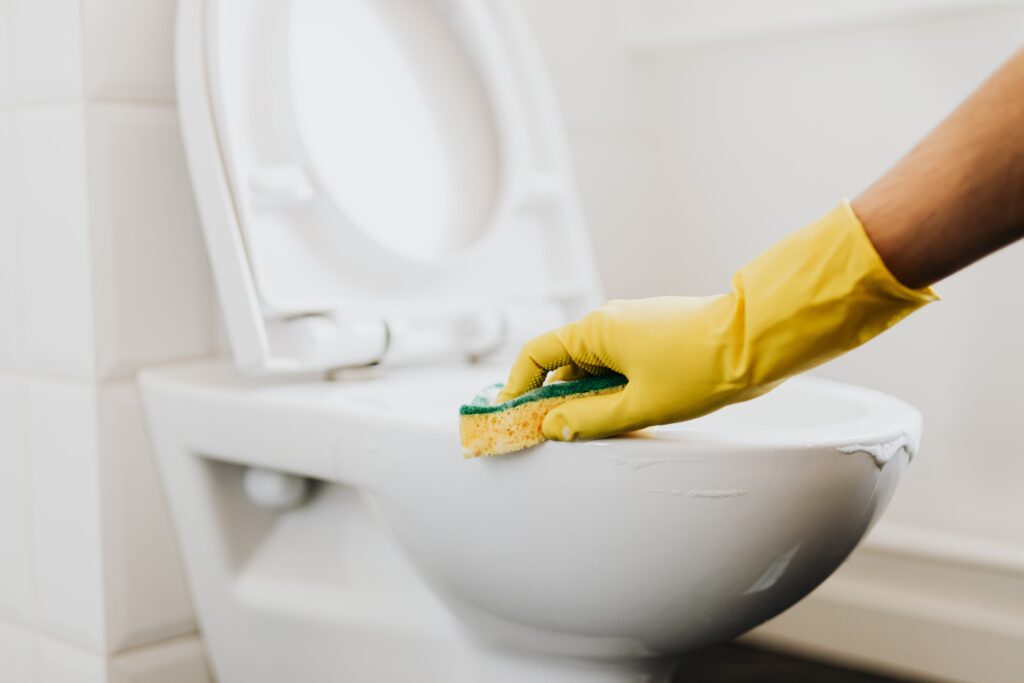Introduction: Bathroom challenges can be puzzling for parents of autistic children, and one common concern is the tendency to pee on the washroom floor. At First Step Autism Center, we recognize the importance of addressing these challenges with understanding and patience. In this blog, we delve into some reasons behind this behavior and offer insights to help parents and students navigate this aspect of daily life.

Sensory Sensitivities and Toileting: Sensory sensitivities can significantly impact toileting habits. Our blog at First Step Autism Center explores how sensory challenges might contribute to discomfort in using the toilet, leading to alternative behaviors like peeing on the floor. Discover strategies to create a sensory-friendly bathroom environment.
Communication Difficulties: For some autistic children, communication difficulties may contribute to challenges in expressing their toileting needs. First Step Autism Center provides guidance on fostering communication skills and creating visual cues to aid in understanding and signaling when they need to use the toilet.
Routine and Predictability: Autistic children often thrive on routine and predictability. Changes in routine, including bathroom habits, can be unsettling. Our blog discusses the importance of maintaining a consistent toileting routine to help minimize anxiety and foster a sense of predictability.
Physical Discomfort: Physical discomfort, such as pain or sensory issues related to using the toilet, can lead to avoidance behaviors. First Step Autism Center explores ways to address physical discomfort, ensuring that the toileting experience is comfortable and supportive for the child.
Independence and Autonomy: The desire for independence is a crucial aspect of growing up. Some autistic children may exhibit floor peeing behavior as a way of asserting independence. Our blog provides insights into promoting autonomy while establishing healthy toileting habits.
Environmental Factors: Environmental factors, such as cleanliness and organization of the bathroom, can impact toileting behaviors. First Step Autism Center offers tips on creating a visually organized and inviting bathroom space that encourages proper toileting habits.
Sensory-Friendly Toileting Tools: Introducing sensory-friendly toileting tools can make a significant difference. Explore practical tools and strategies at First Step Autism Center that can help ease sensory sensitivities and make the toileting experience more comfortable.
Positive Reinforcement: Positive reinforcement plays a key role in shaping behaviors. Our blog emphasizes the importance of celebrating successes, no matter how small, to encourage positive toileting habits.
Collaboration with Educators: A collaborative approach between parents and educators is invaluable. First Step Autism Center highlights the significance of open communication and shared strategies between home and school to reinforce consistent toileting habits.
Conclusion: In concluding this exploration of bathroom challenges, remember that patience, understanding, and tailored strategies are essential. First Step Autism Center is here to support you on this journey, offering resources and insights to help navigate and address toileting challenges.
